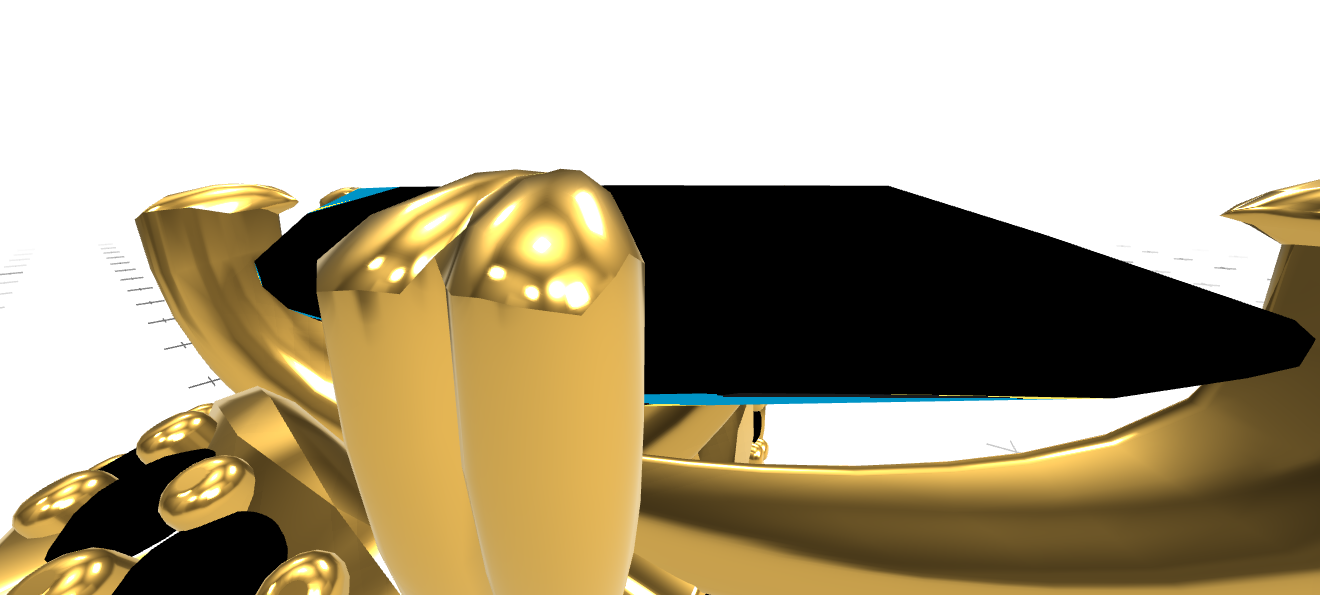You signed in with another tab or window. Reload to refresh your session.You signed out in another tab or window. Reload to refresh your session.You switched accounts on another tab or window. Reload to refresh your session.Dismiss alert
Hi! I'm very new to React so apologies if this question doesn't make sense.
I'm working on a simple React app using A-Frame and I'm hoping to incorporate elements from drei (e.g. MeshRefractionMaterial). I just have a React component that has a top level <a-scene> and then some entities.
Is there a "proper" way to mix drei components with say, a custom A-Frame JS component? I can't just instantiate it in JS:
let material = new MeshRefractionMaterial({});
I understandably get:
Failure loading node: Error: Invalid hook call. Hooks can only be called inside of the body of a function component.
Cannot assign to read only property 'id' of object '#<material>'
And even if the id worked, I'm not sure this is the correct way of doing this.
Any help is much appreciated, thank you!
EDIT:
Aha! I see that there are actually two MeshRefractionMaterials in the package, one from @react-three/drei, which is the React component, and one from @react-three/drei/materials/MeshRefractionMaterial which is the JS material I want, just without the setup. So I can do:
import { MeshRefractionMaterial } from "@react-three/drei/materials/MeshRefractionMaterial";
import { MeshBVH, SAH } from "three-mesh-bvh";
...
// set the scene environment, which gets mapped to the material's envMap
const pmremGenerator = new THREE.PMREMGenerator(renderer);
scene.environment = pmremGenerator.fromScene(environment).texture;
...
// initialize the material
this.diamondMaterial = new MeshRefractionMaterial();
this.diamondMaterial.uniforms.bounces.value = 2;
this.diamondMaterial.uniforms.resolution.value.set(window.innerWidth, window.innerHeight);
{
const isCubeMap = scene.environment.isCubeTexture === true;
this.diamondMaterial.defines = {
ENVMAP_TYPE_CUBEM: isCubeMap,
CHROMATIC_ABERRATIONS: false,
FAST_CHROMA: true
};
}
...
// later, when a mesh loads, apply the material:
self.el.object3D.traverse(function (node) {
node.material = self.diamondMaterial.clone();
node.material.uniforms.bvh.value.updateFrom(new MeshBVH(node.geometry.toNonIndexed(), {
lazyGeneration: false,
strategy: SAH
}));
});
This gets me much closer, but now I see the mesh rendering all black and I get:
three.js:14285 THREE.WebGLProgram: Program Info Log: C:\fakepath(271,1-6): warning X4000: use of potentially uninitialized variable (dyn_index_vec3_int)
debug.js:39 THREE.WebGLState: TypeError: Failed to execute 'texSubImage2D' on 'WebGL2RenderingContext': Overload resolution failed.
at e.executeFunction (<anonymous>:3:467593)
at e.executeOriginFunction (<anonymous>:3:467224)
at WebGL2RenderingContext.texSubImage2D (<anonymous>:3:499508)
at Object.texSubImage2D (three.js:16431:1)
at uploadTexture (three.js:17275:1)
at WebGLTextures.setTexture2D (three.js:16905:1)
at SingleUniform.setValueT1 [as setValue] (three.js:13414:1)
at WebGLUniforms.upload (three.js:13905:1)
at setProgram (three.js:20844:1)
at WebGLRenderer.renderBufferDirect (three.js:20165:1)
EDIT 2:
It seems that the problem was the PMREM texture. If I instead load a texture using TextureLoader (and set some of the same props that the React MeshRefractionMaterial normally does for you):
Hi! I'm very new to React so apologies if this question doesn't make sense.
I'm working on a simple React app using A-Frame and I'm hoping to incorporate elements from drei (e.g. MeshRefractionMaterial). I just have a React component that has a top level
<a-scene>and then some entities.Is there a "proper" way to mix drei components with say, a custom A-Frame JS component? I can't just instantiate it in JS:
I understandably get:
So I tried:
and then grabbing it in JS with:
But that gives me:
And even if the id worked, I'm not sure this is the correct way of doing this.
Any help is much appreciated, thank you!
EDIT:
Aha! I see that there are actually two
MeshRefractionMaterials in the package, one from@react-three/drei, which is the React component, and one from@react-three/drei/materials/MeshRefractionMaterialwhich is the JS material I want, just without the setup. So I can do:This gets me much closer, but now I see the mesh rendering all black and I get:
EDIT 2:
It seems that the problem was the PMREM texture. If I instead load a texture using TextureLoader (and set some of the same props that the React MeshRefractionMaterial normally does for you):
The errors go away, but the diamond renders mostly black with a sliver of my envMap colors around the edge:

The text was updated successfully, but these errors were encountered: